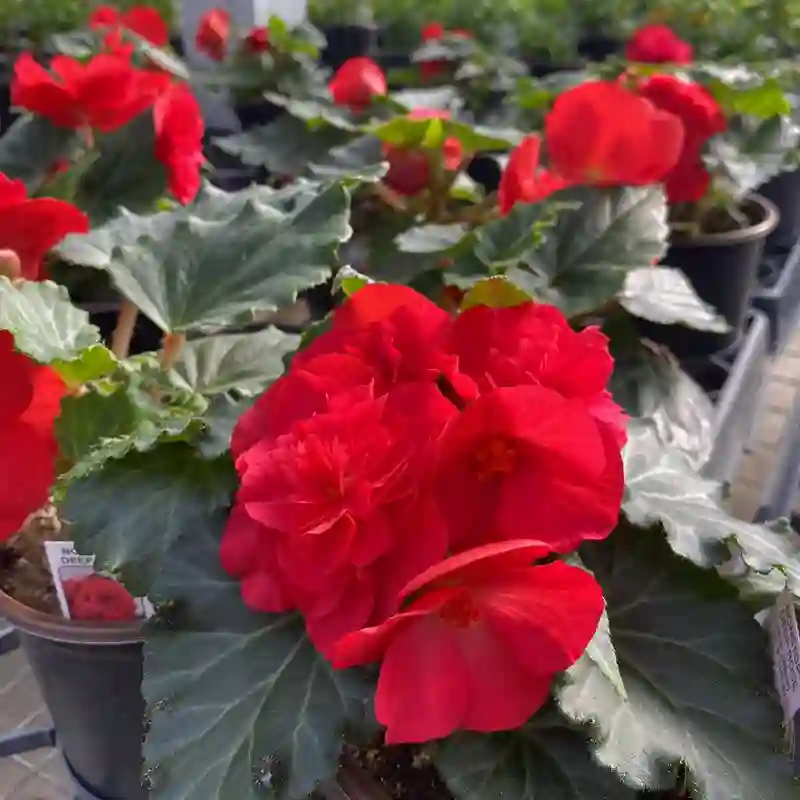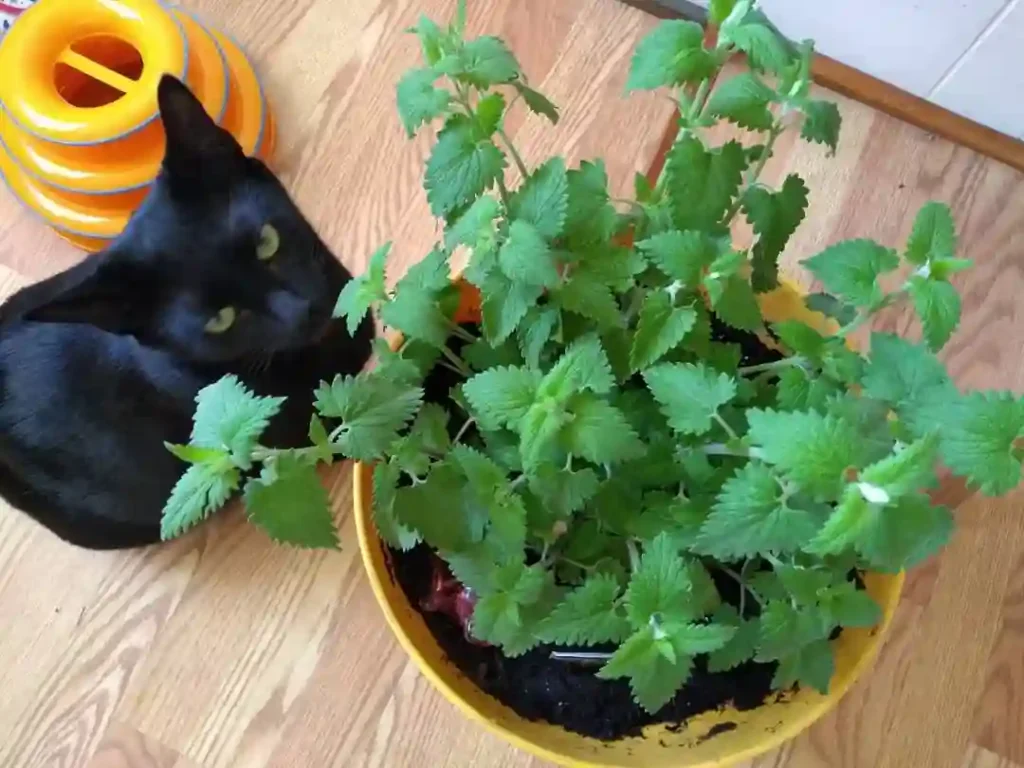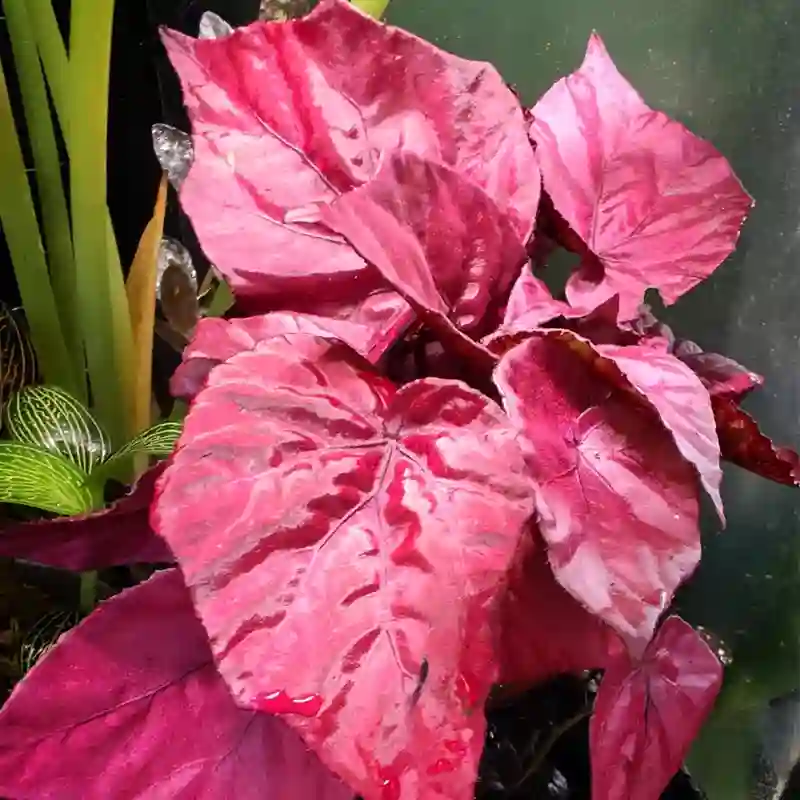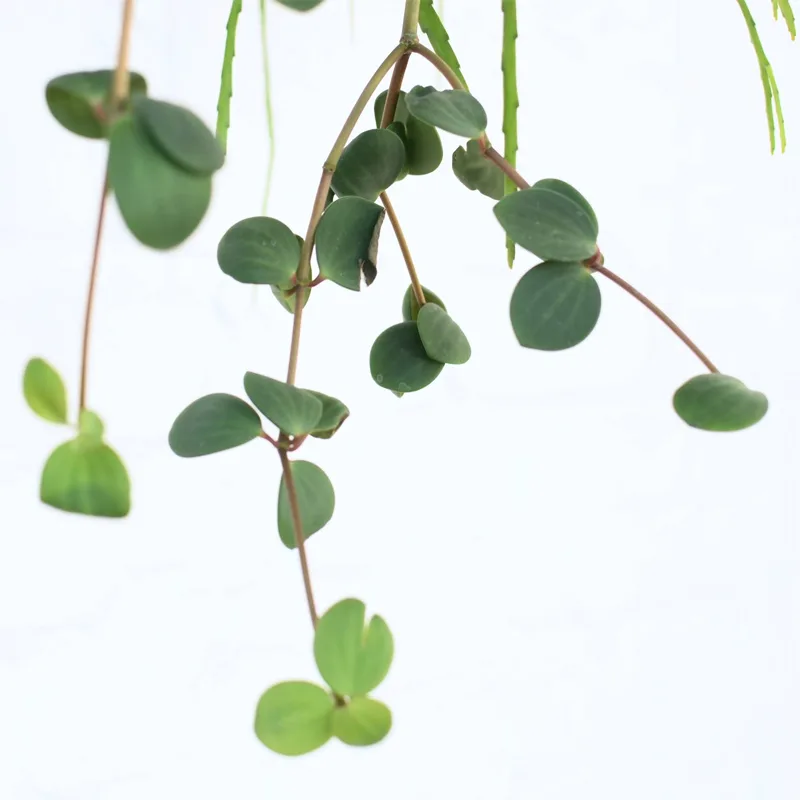
Cordyline Red Star vs Red Sensation
I’ve had the Cordyline Red Star in my garden, and while it’s striking with its bold red foliage, Cordyline Red Sensation caught my eye for its slightly more vibrant and eye-catching hue, which made it a standout in my collection.
25 Species in Genus Cordyline
How big do cordyline red star grow?
Cordyline Red Star can grow quite large, reaching heights of up to 6 to 10 feet tall in the right conditions. I planted one in my garden a few years ago, and it has grown steadily since then, adding a lovely vertical element to my landscape. Watching it grow has been quite satisfying, especially since it adds a pop of color with its vibrant red leaves.
How to propagate cordyline red star?
Propagating Cordyline Red Star is relatively straightforward. I’ve successfully propagated mine through stem cuttings. I wait until spring or early summer when the plant is actively growing, then I select a healthy stem and cut it just below a node. After removing any lower leaves, I place the cutting in a well-draining potting mix and keep it moist until roots develop, usually within a few weeks.
How to prune cordyline red star?
Pruning Cordyline Red Star is simple and can help maintain its shape and appearance. I typically prune mine in late winter or early spring before new growth begins. I remove any dead or damaged leaves and trim back any leggy growth to encourage bushiness. It’s important to use sharp, clean tools to avoid damaging the plant.
Is a cordyline red star an annual or a perennial?
Cordyline Red Star is a perennial plant, meaning it will come back year after year with proper care. I love having perennials in my garden because they provide consistent beauty without the need for replanting each year. With its stunning foliage and easy maintenance, Cordyline Red Star is definitely one of my favorite perennial additions.
Is cordyline red star poisonous to cats?
As far as I know, Cordyline Red Star is not toxic to cats. I’ve had cats around my garden for years, and they’ve never shown any interest in chewing on my Cordyline plants. However, it’s always a good idea to monitor your pets around plants and consult with a veterinarian if you have any concerns.
Is cordyline red star toxic to dogs?
Cordyline Red Star is generally considered non-toxic to dogs, which is a relief for me since I have a furry friend who loves to explore the garden. I’ve never had any issues with my dog getting sick from chewing on my Cordyline plants. However, it’s essential to monitor your pets and contact a veterinarian if you notice any unusual symptoms.
Is red star cordyline deer resistant?
Red Star Cordyline is not typically deer resistant, unfortunately. In my experience, deer have nibbled on mine, especially when other food sources are scarce. To protect my plants, I’ve had to resort to deer repellents and fencing around my garden. It’s a bit of extra work, but it’s worth it to keep my Cordyline Red Star looking its best.
What to plant with cordyline red star?
When it comes to planting companions for Cordyline Red Star, I like to choose plants that complement its bold foliage and thrive in similar conditions. Some of my favorites include ornamental grasses like Pennisetum, which add texture and movement, and flowering perennials like Agapanthus, which provide pops of color. Overall, I aim for a balanced and visually appealing combination that enhances the beauty of my Cordyline Red Star.
How fast do cordyline red star grow?
Cordyline Red Star is a relatively fast-growing plant, especially when provided with plenty of sunlight, water, and nutrients. I’ve been amazed at how quickly mine has grown since I first planted it. With proper care, it can put on several inches of growth each year, transforming from a small specimen into a stunning focal point in a relatively short amount of time.
How to care for cordyline red star?
Caring for Cordyline Red Star is relatively low-maintenance, which is one of the reasons I love it so much. I make sure to plant it in well-draining soil and provide regular water during dry spells. Occasional fertilization helps keep it healthy and vibrant, and I prune it as needed to maintain its shape and size. Overall, it’s a resilient plant that thrives with minimal intervention.
Where to plant cordyline red star?
I’ve found that Cordyline Red Star thrives in a sunny location with well-draining soil. I planted mine in a spot that receives full sun for most of the day, and it’s done exceptionally well there. The bright light helps bring out the vibrant colors of its foliage, creating a stunning focal point in my garden.
Why is my cordyline red star dying?
It can be distressing to see a beloved plant like Cordyline Red Star struggling, but there are a few common reasons why it might be dying. Overwatering is a common culprit, so I always make sure not to let water sit around the roots for too long. Poor drainage or compacted soil can also cause issues, as can pests or diseases. I carefully inspect my plant for signs of trouble and address any problems promptly to give it the best chance of recovery.
Does cordyline red star flower?
Cordyline Red Star can produce small, inconspicuous flowers under the right conditions, although they’re not particularly showy compared to its striking foliage. Mine has occasionally bloomed in late spring or early summer, sending up slender stalks topped with clusters of tiny white or pink flowers. While the flowers aren’t the main attraction, they add a subtle charm to the overall display of the plant.
If i die, water my plants!



